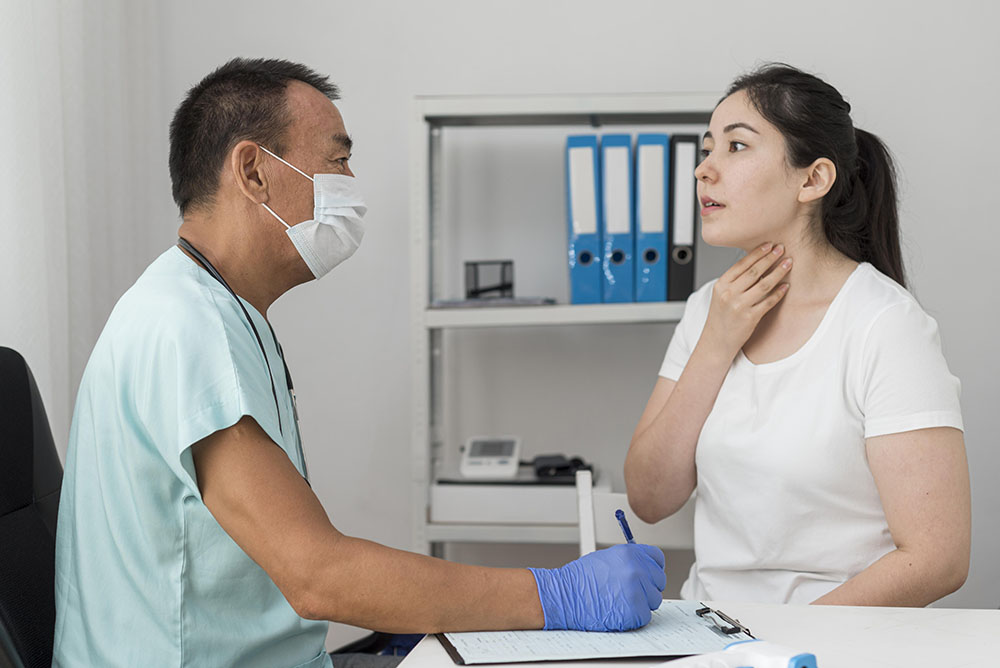S. pneumoniae, COVID-19 and measles are all serious infectious diseases caused by different pathogens, but they share some key similarities and differences in their epidemiology, transmission and symptoms. Understanding these characteristics is crucial for effective prevention and management strategies.
Epidemiology
Streptococcus pneumoniae, is a leading cause of pneumonia, meningitis and other invasive bacterial infections, primarily affecting young children and older adults. It is estimated to cause over 1 million deaths globally each year. In contrast, COVID-19, the disease caused by the SARS-CoV-2 virus, emerged as a novel pandemic in 2020 and has since infected hundreds of millions worldwide, resulting in over 6 million deaths. Measles, a highly contagious viral disease, was a major global health concern prior to the widespread use of the measles vaccine and remains a significant issue in undervaccinated populations, causing over 200,000 deaths annually.
Transmission
S. pneumoniae is transmitted through direct contact with respiratory droplets from infected individuals, as well as indirect contact with contaminated surfaces. COVID-19 primarily spreads through airborne transmission of SARS-CoV-2 particles, which remain suspended in the air and be inhaled by others. Measles is one of the most contagious human viruses, transmitted through direct contact with respiratory droplets, as well as through airborne spread, making it particularly challenging to control.
Symptoms and Disease Course
Symptoms of S. pneumoniae infection typically include fever, cough and difficulty breathing, followed by progression to severe pneumonia and potentially life-threatening complications such as bacteremia and meningitis. COVID-19 symptoms range from mild, flu-like illness to severe pneumonia, acute respiratory distress syndrome (ARDS) and multi-organ failure. Measles is characterized by a distinctive red rash, fever, cough, runny nose and red eyes, which lead to serious complications such as encephalitis, pneumonia and blindness.
In summary, while S. pneumoniae, COVID-19 and measles are distinct infectious diseases, they share important similarities in their transmission patterns and potential for severe clinical outcomes, particularly in vulnerable populations. Ongoing surveillance, public health interventions and continued research are crucial for addressing these global health challenges.
